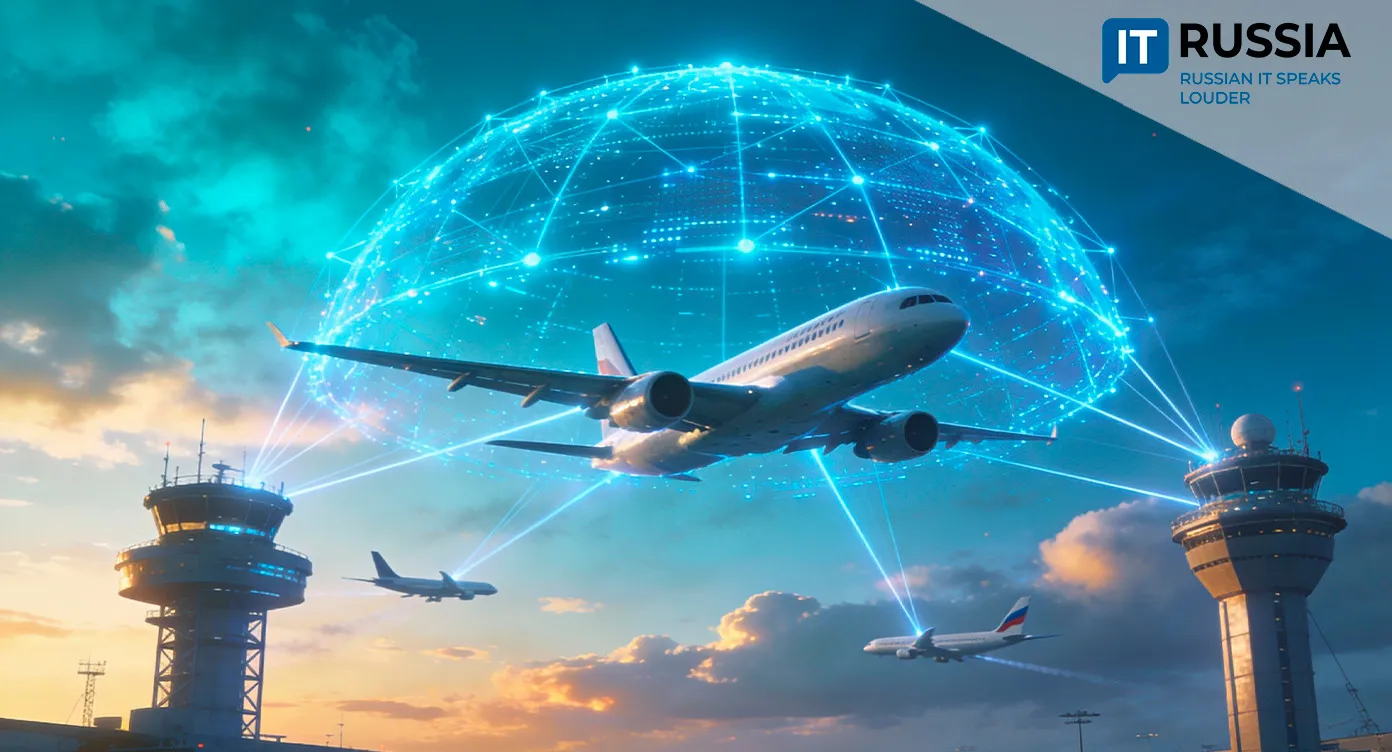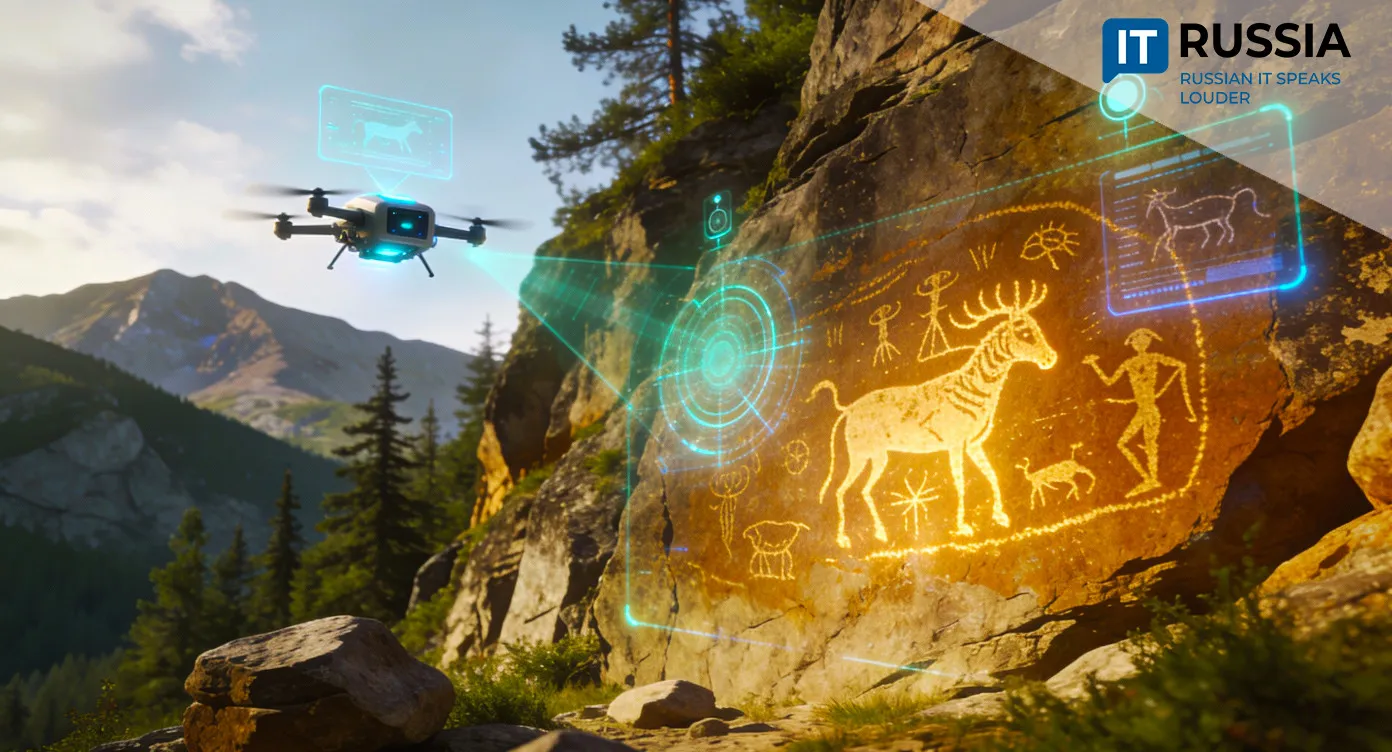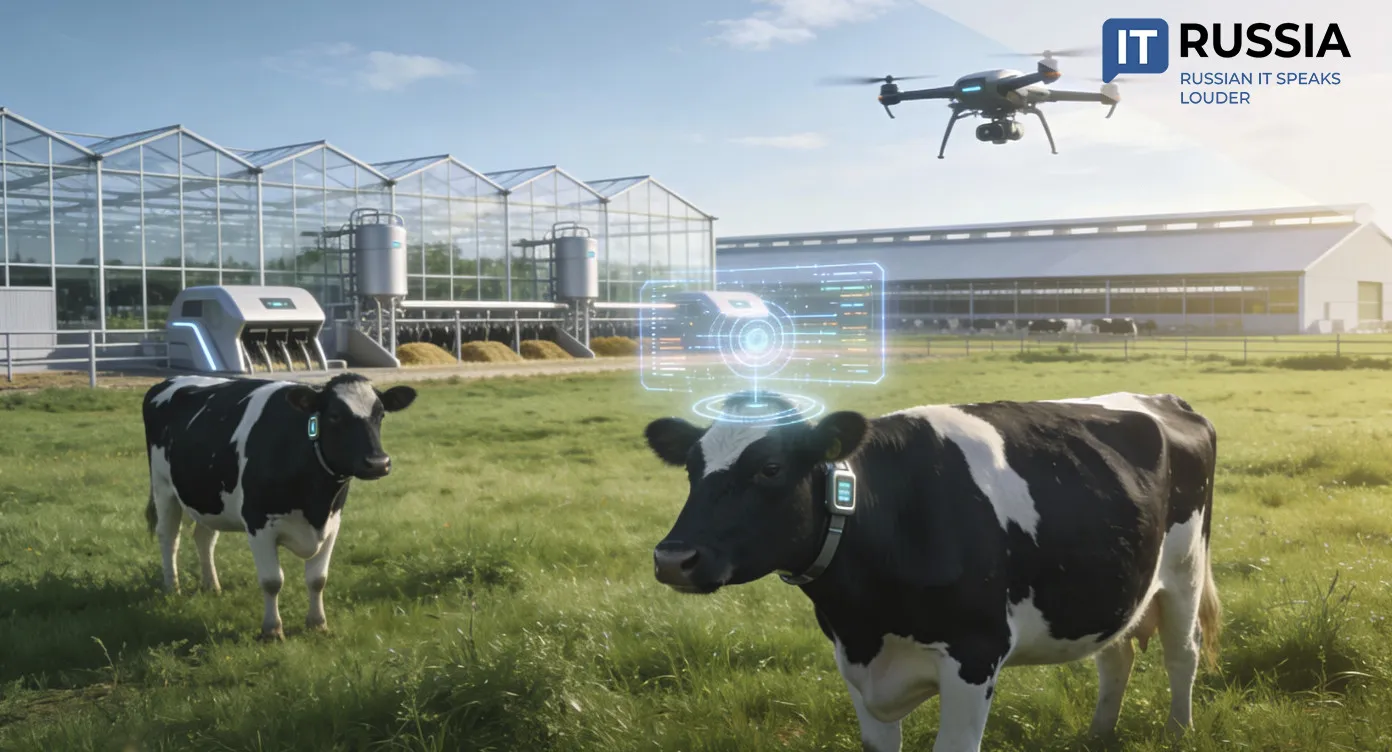Virtual Proving Ground: Russia Builds Photorealistic UAV Simulator
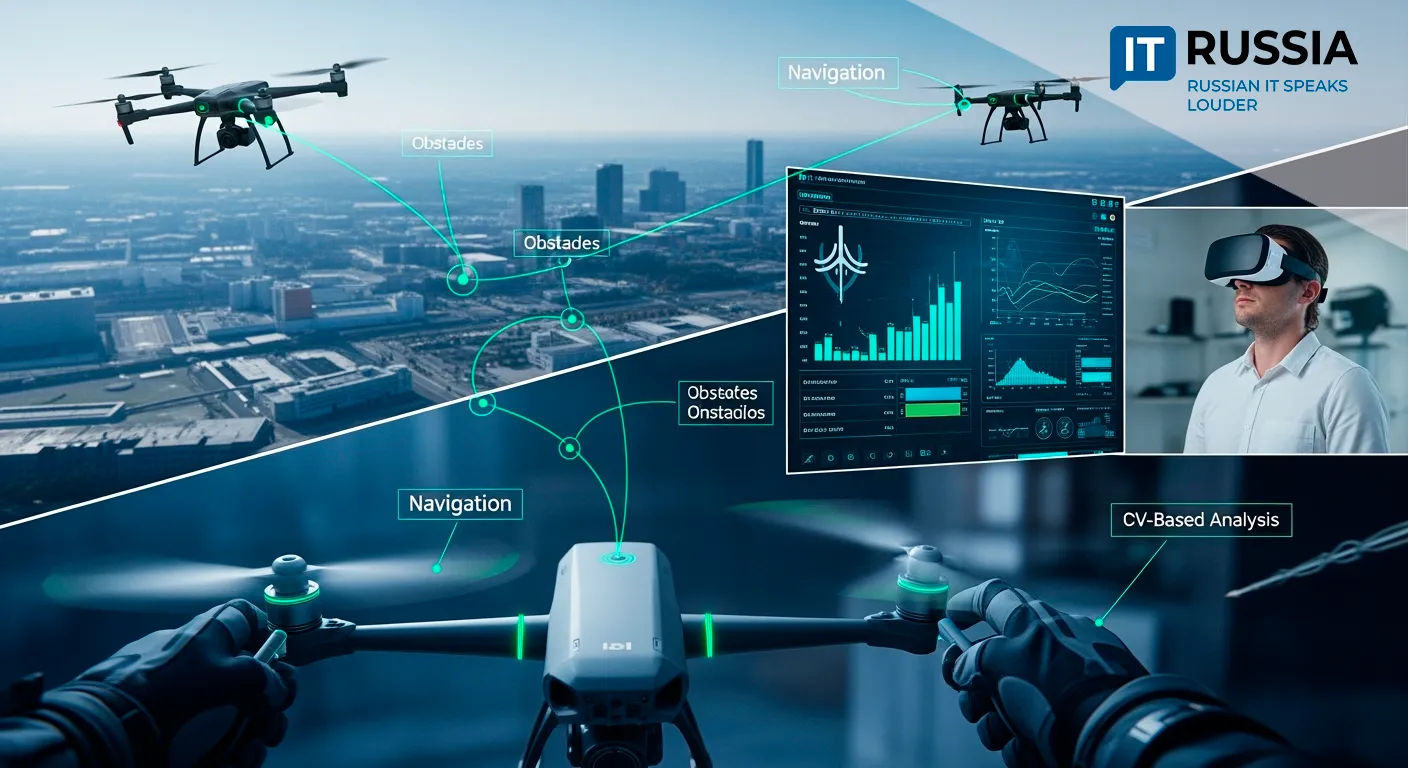
Moscow Aviation Institute (MAI), with support from the defense industry, is developing a photorealistic simulator to train drone AI in fully virtual environments—saving millions of dollars and eliminating crash risks.
A Fully Digital Airfield for AI Training
MAI’s simulator creates a high-fidelity testbed where UAVs can navigate, land, reroute after signal loss, and handle a range of critical scenarios. The engine behind it is Unigine—a domestic platform capable of rendering photorealistic scenes with dynamic lighting and weather. It delivers up to 60 frames per second in urban settings, ensuring smooth performance for computer vision algorithms.
The simulator supports a wide variety of drone types, from quadcopters to fixed-wing aircraft. Aerodynamic models reflect real-world behavior, allowing a single AI to be trained across different UAV classes. Each algorithm update can be tested in the simulator before being uploaded to multimillion-dollar prototypes—cutting cost, risk, and time.
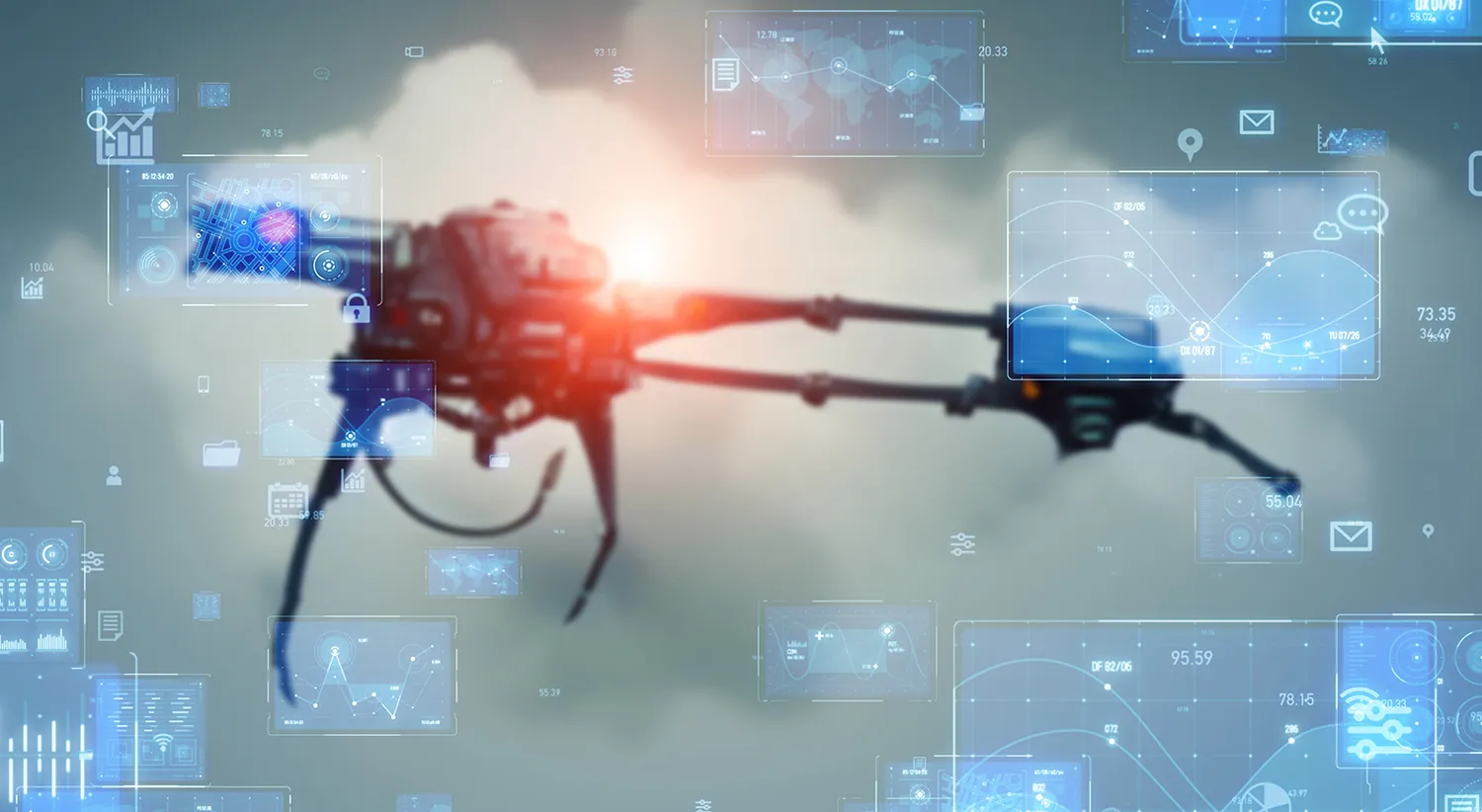
For defense contractors, this ‘digital
airfield’ replaces risky and expensive physical flights with repeatable,
real-time simulations, making the development process safer and more
cost-effective.
Beyond the Lab: Independence and Export Potential
MAI’s simulator solves two strategic problems. First: independence. Most global platforms—like Sim4CV, Flightmare, XTDrone—are built on Western engines or proprietary datasets. Russia’s project relies on Unigine and its own sensor libraries, reducing exposure to sanctions and licensing restrictions.
Second: export opportunity. Reinforcement learning support and photorealism make the product highly attractive to BRICS, CIS, and Middle Eastern countries where drone services are expanding. MAI plans to license the simulator as a software-and-scenario bundle, combining the product with implementation expertise.
At home, the simulator is already embedded
in MAI’s new graduate program in Computer Science and Applied Mathematics.
Students design AI autopilots in the virtual environment before transferring
them to real-world UAVs.
Synthesizing the Best: A New Global Competitor
Since 2017, major drone simulation platforms have shaped global UAV development. Sim4CV leveraged Unreal Engine for visual AI; Flightmare offered speed and RL support; SwarmLab enabled drone swarm modeling; and XTDrone created modular ROS-based environments.

MAI’s simulator combines all of the above: a detailed graphics engine, RL and CV support, a flexible physics core, and full alignment with Russian tech infrastructure—something no foreign competitor currently offers.
By 2025, version 1.0 will launch with an open API and integration with PyTorch and TensorFlow. Next steps include VR headset support, a scenario marketplace for global collaboration, and a SaaS version for civil sectors like aerial mapping, agriculture, and urban delivery.
Challenges remain. Heavy reliance on Unigine and the need for constant sensor updates could become bottlenecks. MAI plans to address these with a modular architecture and an open SDK for third-party developers.
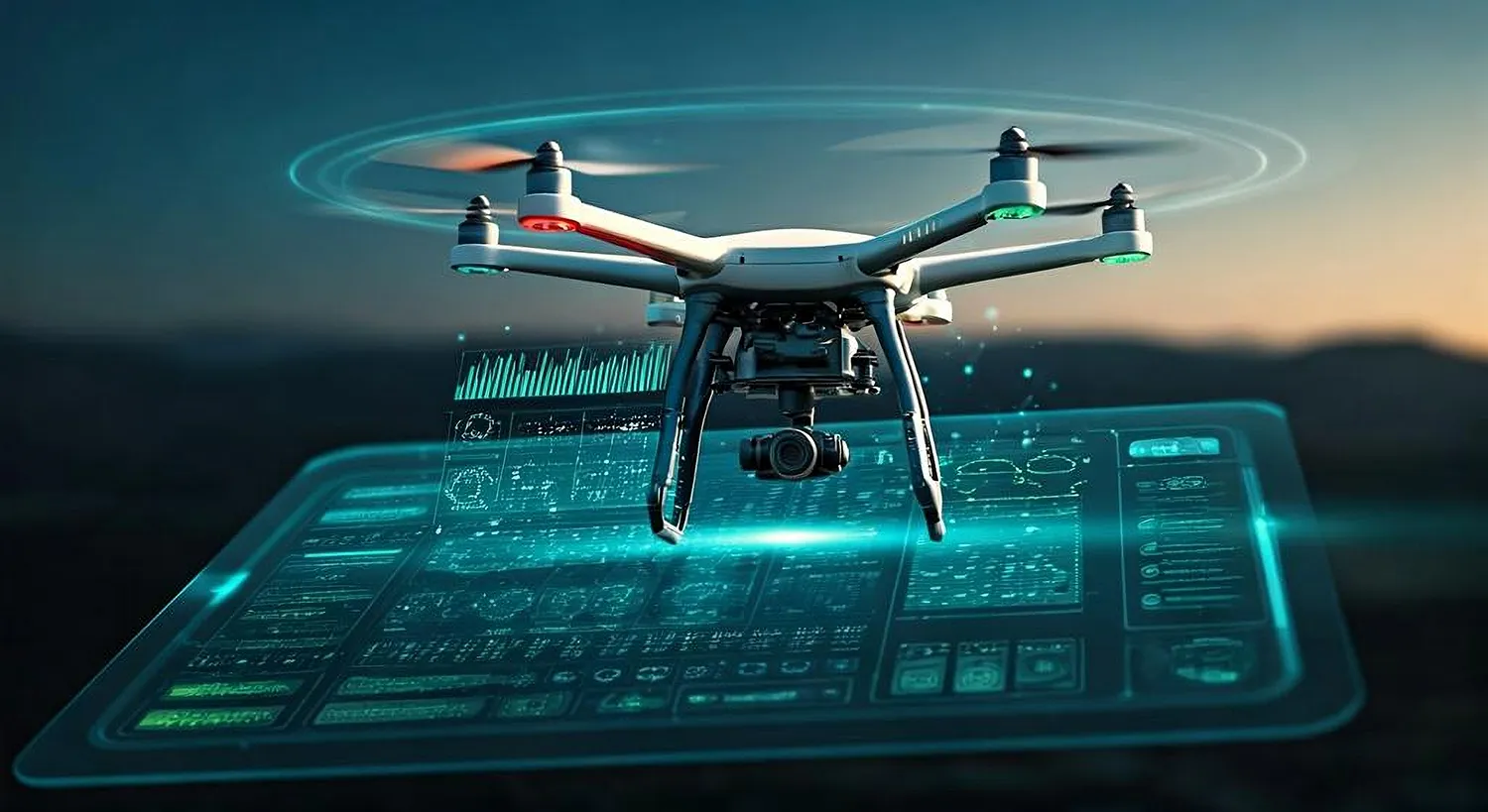
Positioning
Russia in the Global UAV Simulation Race
MAI’s project signals Russia’s entry into a high-stakes global market. It’s not just a cost-cutting innovation—it’s a fully exportable IT product built on sovereign tech. With the global race to develop intelligent drones accelerating, MAI’s platform could soon find a place in labs from Dubai to Jakarta.
If its development roadmap stays on track, the simulator may become as foundational to AI and robotics labs by 2030 as MATLAB or Gazebo is today.















